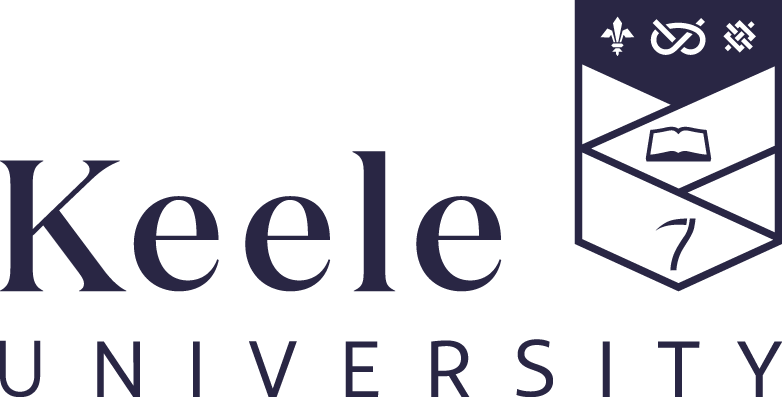
MAT-30051 - Module Specification School of Computing and Mathematics Faculty of Natural Sciences
For academic year: 2023/24 Last Updated: 13 February 2024
MAT-30051 - Mathematical Modelling
Coordinator: Shailesh Naire Room: MAC2.19 Tel: +44 1782 7 33268
School Office: 01782 733075
Programme/Approved Electives for 2023/24
Available as a Free Standing Elective
Co-requisites
None
Prerequisites
None
Barred Combinations
None
Description for 2023/24
The aim of the module is to demonstrate how real-world problems can be modelled mathematically. The mathematical modelling process will be introduced through a six-step problem-solving approach: identifying a suitable problem from the particular real-world scenario, making assumptions to simplify the problem, classifying variables influencing the problem, constructing a mathematical model to determine interrelationships among the variables, solving and interpreting the model and finally validating the model with real-world data. Mathematical tools that will be used in the model construction and solution process include: linear and nonlinear ordinary differential equations and their solution methods, such as phase-plane analysis, and partial differential equations and their solution techniques, such as separation of variables and method of characteristics. Computational tools will include programming using Python for the numerical solutions of ordinary and partial differential equations.The modelling ideas will be developed through novel and innovative case studies of real-world scenarios and through individual/group projects.
The aim of the module is to apply mathematics to a variety of practical and open-ended problems relevant to industry, commerce and the environment. Specific skills in model development and refinement, computational, report writing and teamwork will be developed using individual/group projects and student-led group activities.
Intended Learning Outcomes
construct mathematical models for problems arising from real-world phenomena: 1,2,3apply appropriate mathematical and computational techniques to formulate and interpret solutions of the mathematical models in the context of the real-world phenomena: 1,2,3communicate mathematical results in a variety of formats including oral and poster presentations, and writing reports: 2,3further enhance and articulate the employability and transferable skills that they have developed during their degree: 2,3
Study hours
Lectures: 24 hoursExamples Classes: 12 hoursCollaborative working in groups outside classes: 30 hoursIndependent preparation of coursework: 24 hoursIndependent study: 60 hours
School Rules
None
Description of Module Assessment